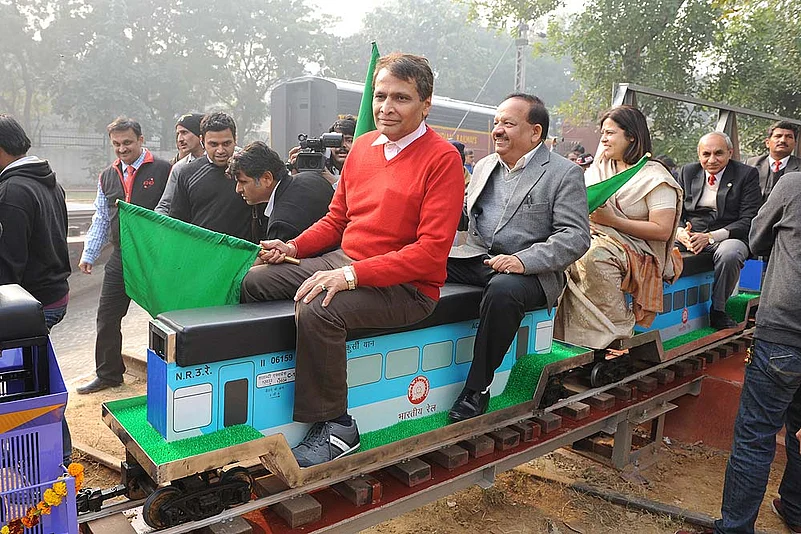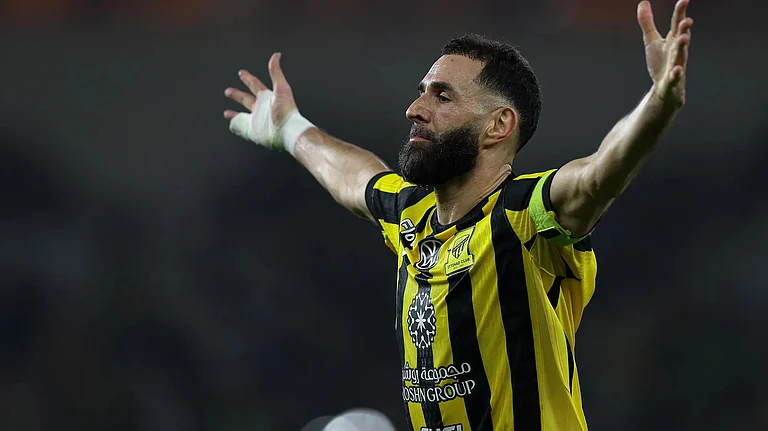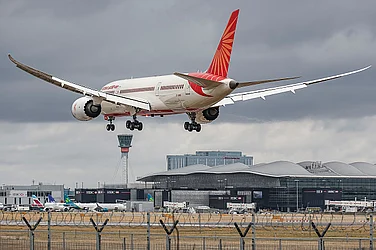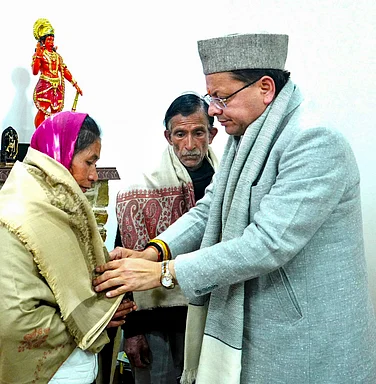| Red Flags | Green Flags | |
|
| |
***
A ffable, transparent and hands-on—these adjectives are a constant when friends or critics speak of Union railway minister Suresh Prabhu. Eleven months at one of the most coveted posts in government, Prabhu has been constantly under scrutiny: hawks in the government and industry are waiting to see how he will implement the bjp’s mega plan of transforming the railways into a showcase of government’s achievements. An ambiguous letter to the railway minister from Nripendra Misra, principal secretary to the PM, at this juncture has sparked off rumours that the minister might be replaced. Written after the second quarterly review of infrastructure ministries in August and accessed by Outlook, it compliments Prabhu for being able to “leverage resources for getting money from financial institutions” for projects but also voices concern that “quarterly targets of various activities of railways fixed by the NITI Aayog have not been achieved”.
Prabhu refused to get drawn into any controversy over the PMO letter, but stated that “we are fulfilling the vision of the prime minister to make the railways an engine of growth for India, for which each and every aspect of railways development is under implementation. We will exceed the target in most things except cargo. We are not getting enough cargo for reasons outside our control as there is very little movement of steel, cement, iron ore or coal.”
For most of the last few months, according to official data, growth in passenger numbers has also seen a slowdown. But officials are quick to point out that it’s only the short-distance segment—up to 50 km—that has seen the decline. This could in part be because daily commuters who travelled in unreserved coaches now use the faster metro and bus services. As an official put it, despite some decline in growth in terms of numbers, both passenger and freight revenues are positive. A presentation made by the railways to the prime minister, who is also the NITI Aayog chairman, says the ministry actually aims to surpass its own budget forecast, for the first time in seven years, of achieving an operating ratio of 91.2 per cent.
Official sources say that, like other infrastructure-related ministries, the railway ministry too is facing a bit of a challenge in surpassing what the UPA government had achieved, as also in meeting new targets. The PMO is particularly monitoring the railway ministry for improvement in coal and port connectivity, passenger amenities like stations, cleanliness, better choice of food, cleaner linen, ease of booking tickets, besides safer and faster movement for passengers and goods. Railway ministry officials are at pains to explain that by the end of the second quarter, there are several areas where new targets have been exceeded.
Even as the ministry is trying to reduce the time lag in the planning, the tendering and implementation of different projects, including station development, which has somehow not taken off in most mega cities so far, there is continuing disappointment that not enough is being done to promote PPP (public-private partnership) projects, a red flag to the trade unions. “Railwaymen are not happy that this government too is continuing with the policy of ‘privatisation through contractisation’. If the government does not relent, we plan a full strike during the next budget session,” says Rakhal Dasgupta, president, All-India Railwaymen’s Federation (AIRF). The strike proposal was put on the table at the just-concluded union meeting held in Jodhpur. A major concern of the AIRF is the threat of privatisation and not enough focus on lower-level railway staff. Dasgupta is also upset that “projects are being approved on political consideration without looking at the funds position.”
There’s also a parallel narrative. Shiva Gopal Mishra, general secretary of the AIRF, admits that the minister is “transparent, clear in his communications and tries to keep workers in confidence. He is trying his best to keep the railways on track. He is more meticulous as he tries to ensure the projects get implemented and maximum benefit accrues to users.” He says greater delegation of powers to general managers and regional managers is helping in faster implementation.

Line, length The letter that set off speculation
While Prabhu seems to strive to take unions along, there are many infrastructure experts who are dissatisfied that PPP projects are not being pursued more aggressively. “The minister is very hands-on. Slow decisions are a thing of the past. There is complete transparency in bidding and tendering. But the wait now is for the big bang push in PPP projects,” says Hemant Kanoria, CMD, Srei Infrastructure.
Vinayak Chatterjee, chairman of Feedback Infrastructure, finds it noteworthy that the minister has been able to tie up funds (including Rs 1.5 lakh-crore from LIC) outside of budget support and internal generation. “The minister has articulated his priorities very well—decongesting the network and adding parts to the network and its safety. He is moving on all fronts to turn around the railways,” says Chatterjee, who hopes there won’t be any leadership change at Rail Bhavan.
Observers in the BJP also say Prabhu has in 11 months cleared up many backlogs, including the tendering of projects for setting up a dedicated freight corridor to help speed up all trains. By March 2016, all the tenders for setting up the 3,300 km-plus dedicated freight corridor are expected to be awarded, with the ministry having finally tied up the land and World Bank loans to fund it. The project is scheduled for completion in December 2018.
Fears are being voiced that Prabhu, with his zeal for delegation and his insistence on transparency in contracts and promotions, may end up treading on too many toes. Also, the backlog of expectations is so huge that it will take time to put all things on track. But for now, Prabhu remains in the driver’s seat.


























